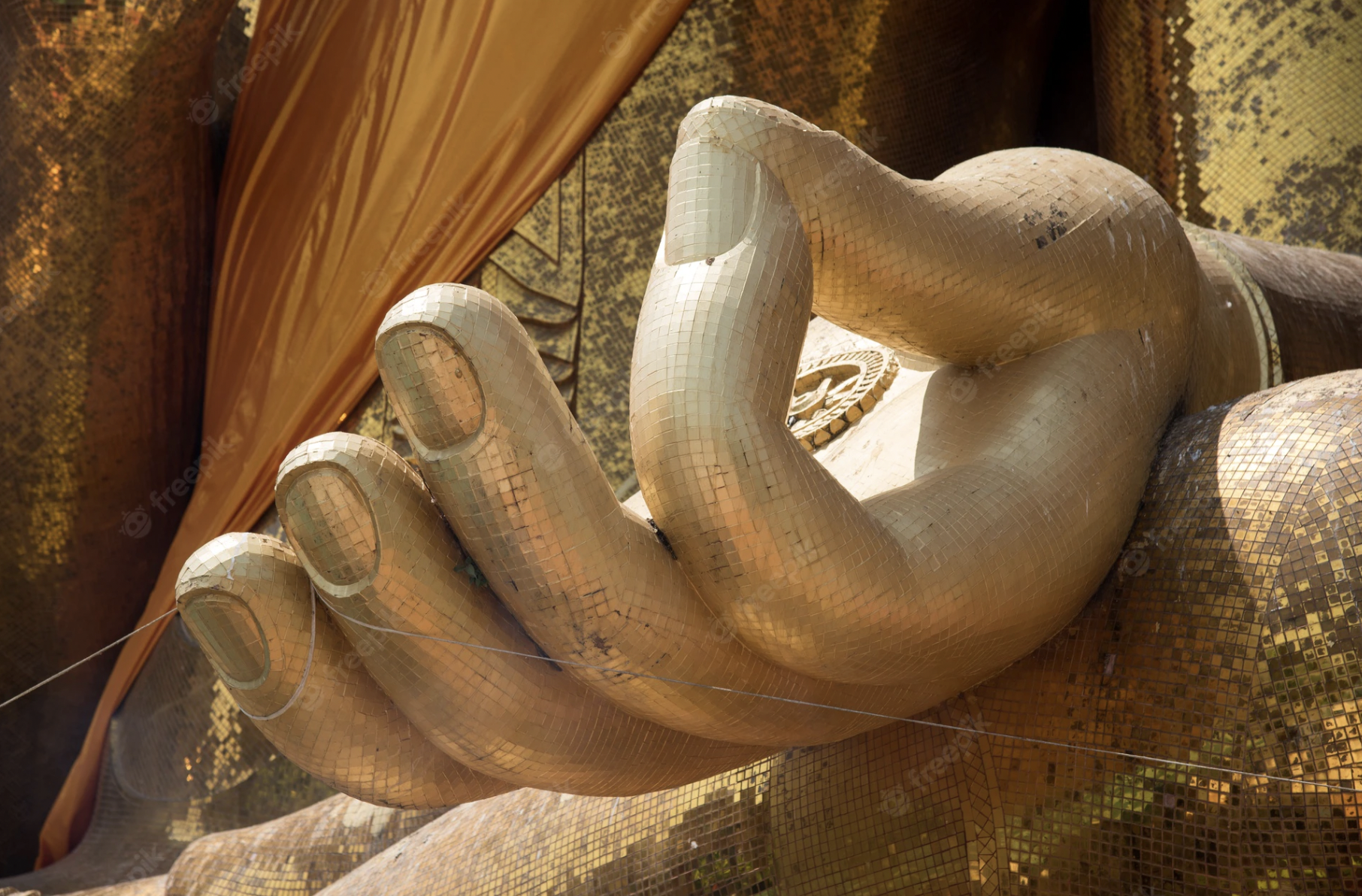Dropping the Self
I used to be in a dharma-study group that was reading Zen Seeds. There is an essay in that book called “Everyone is in the Palm of the Buddha’s Hand.” The essay says that to realize that we are in the Buddha’s hand is to feel that we are sustained through life by a supportive and benign force, “the great lifeforce of the universe.” The essay continues that we become aware of this force when “the frame around the self is removed.”[1] The essay ends with a quote from Dogen’s Genjo Koan about forgetting the self.

This essay from Zen Seeds got me to thinking about the centrality of dropping the self in spiritual practice. Eroding the habitual idea of selfhood is embraced by the major mystical religions that I have some familiarity with. From the tradition of Soto Zen, Keizan, who is considered its “Great Patriarch,” says, “If you want to reach the true path clearly, you should give up your idea of self.” [2] Within mystical Christianity, Meister Eckhart says to his assembled monks, “I must sometimes point out that the soul wanting to perceive God must forget itself and lose itself.” [3] In the Hindu tradition, Nisargadatta, speaking of the core of spiritual practice, says, “All you need to do is to cease taking yourself to be within the field of consciousness.”[4] In mystical Islam or Sufism, only when the idea of selfhood drops from the mind does the Friend, or Allah, enter the heart and fill it with love and bliss.
In the view of Adjashanti, a contemporary Zen teacher, enlightenment and dropping the self are synonymous. Adjashanti considers enlightenment, or awakening, to be the realization of non-separateness, and he says it occurs simultaneously with the disappearance of the idea of oneself from the mind. Of both “the oneness” and “the nothingness,” he says, “It all exists simultaneously.” [5]
In Zen Buddhism, especially in Rinzai Zen, enlightenment is often spoken of as sudden. However, I suspect that far more often enlightenment, or dropping the self, is a gradual experience that occurs over the lifetime of a meditator. This gradual process is described by Nisargadatta, who says, “The dissolution of personality” is “like washing printed cloth. First the design fades, then the background, and in the end the cloth is plain white.” [6]
For those who do zazen, dropping the self occurs on its own. I read somewhere that deliberately trying to drop the self is like sending a thief to catch a thief. You are going to deceive yourself if you try to measure how you are coming along in dropping the self. The idea of oneself naturally drops from the meditator’s mind within the tiny mental space that occurs between the meditator’s realizing that he is distracted and shifting his or her focus back onto the breathing. Repeated experience of this brief self-absence eventually brings “plain white.” Thoughtlessly!
Footnotes
- Shundo Aoyama, Zen Seeds, Shambhala, 2019, p. 15.
- Zen Master Keizan, Transmission of Light, Shambhala, 2002, p. 11.
- Matthew Fox, Breakthrough: Meister Eckhart’s Creatiion Spirituality, Doubleday, 1980, p. 140.
- Nisargadatta, I Am That, Durham, NC, 1973, p. 148.
- Luc Saunders and Sy Safransky, “Who Hears This Sound? Adyashanti on Waking Up From The Dream of Me,” The Sun, December, 2007, p. 10.
- Nisargadatta, p. 401.
All Rights Reserved | Zazen Essays